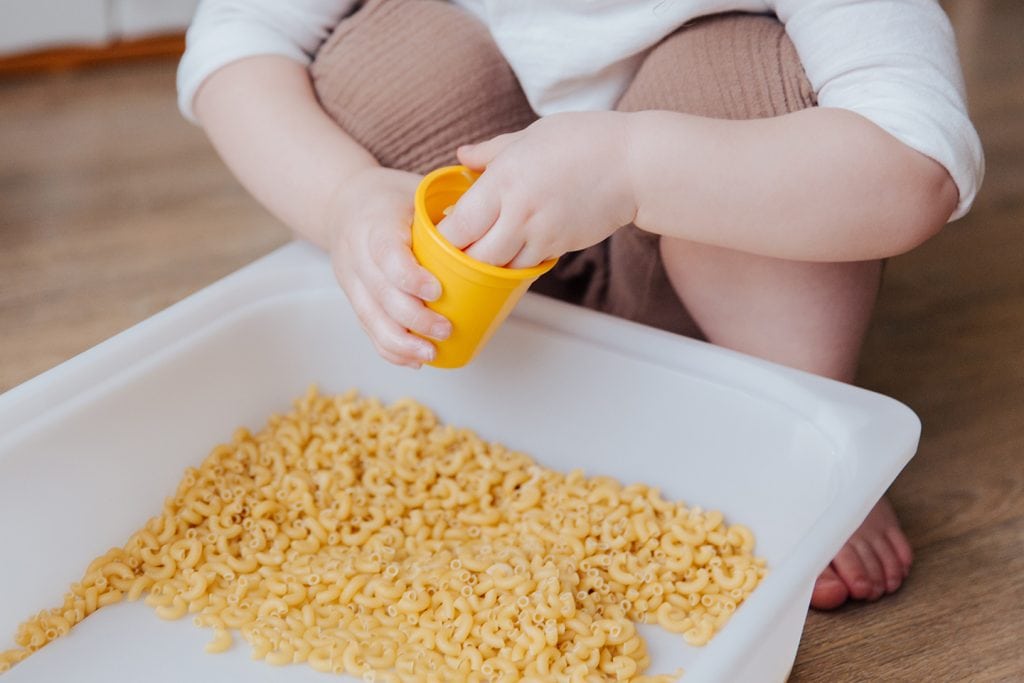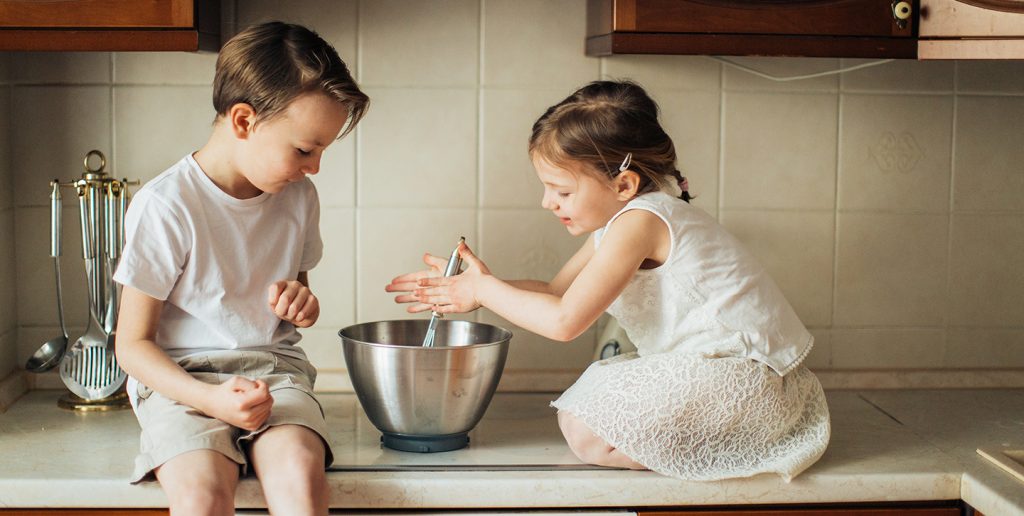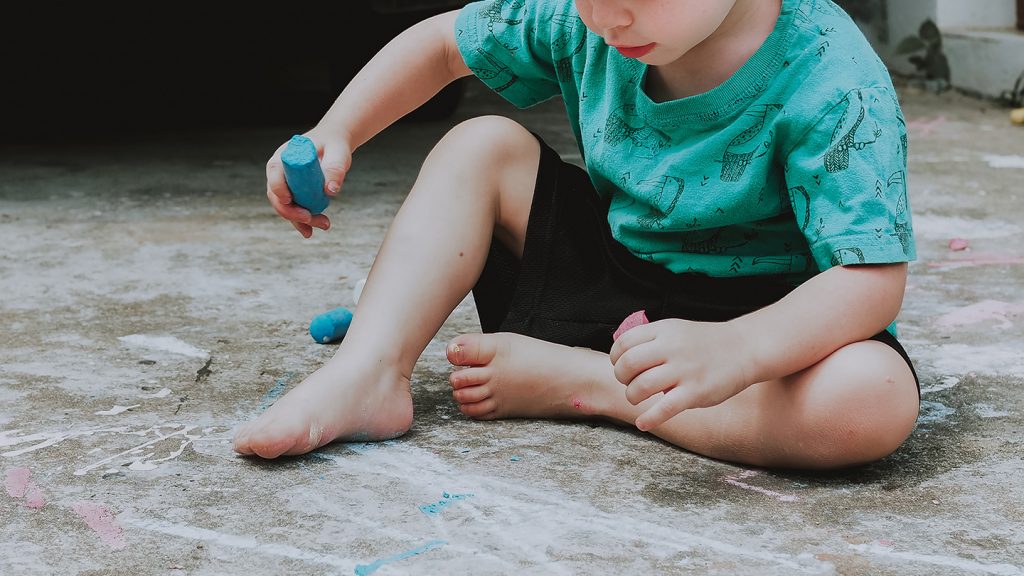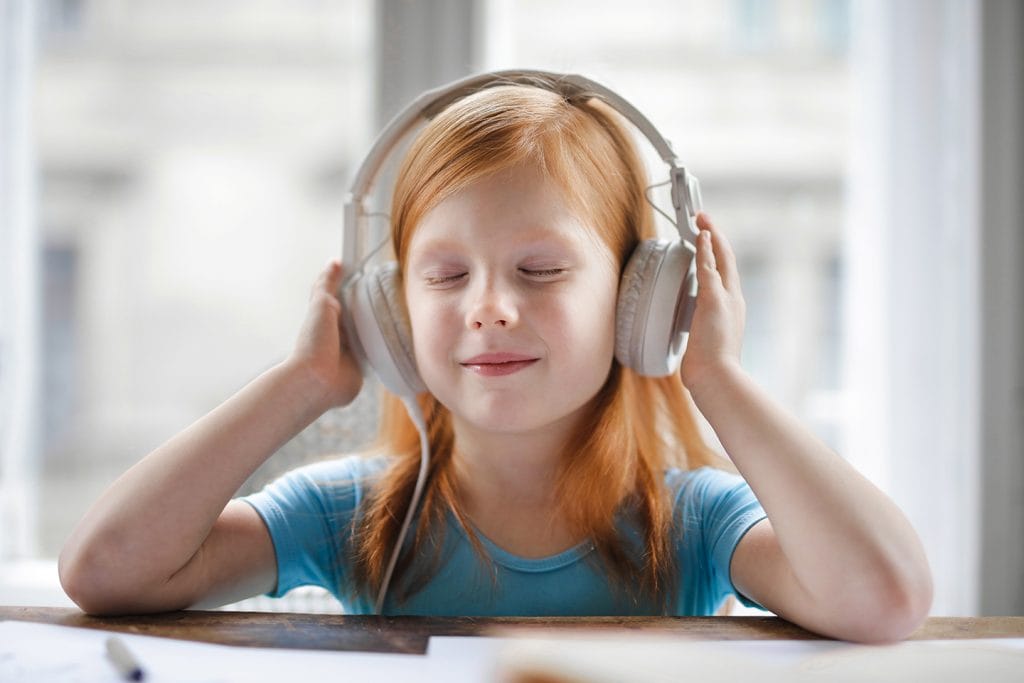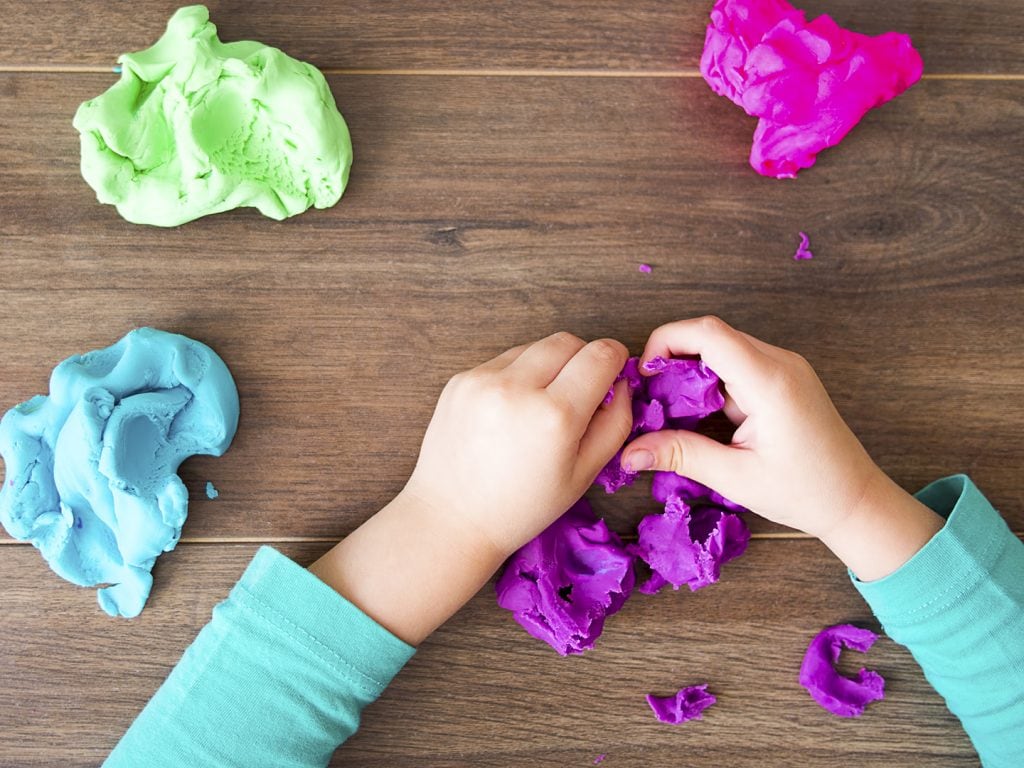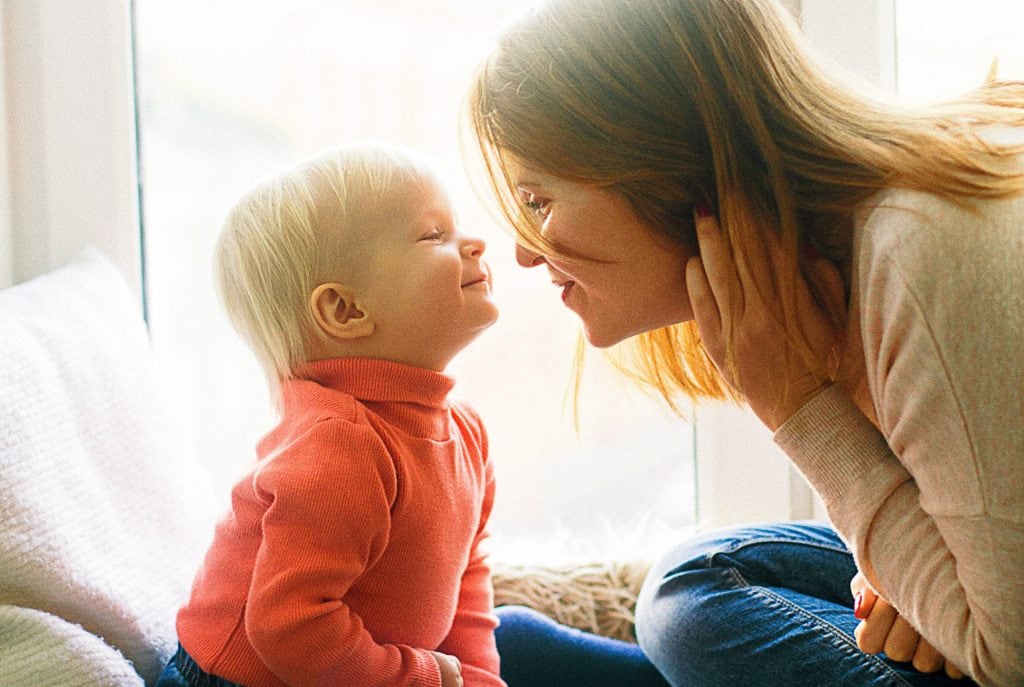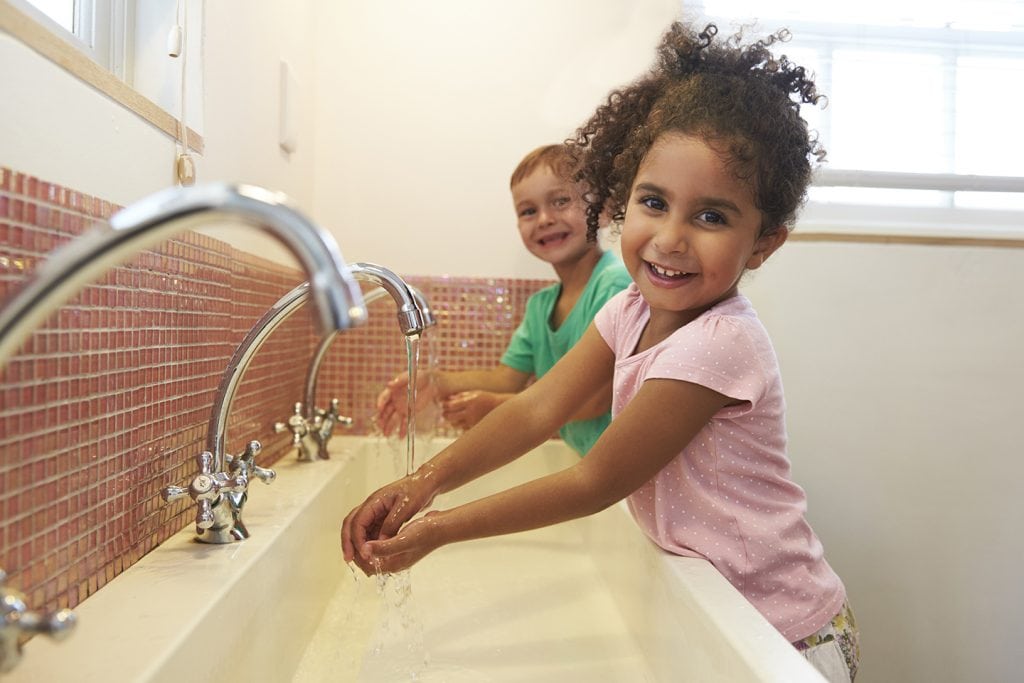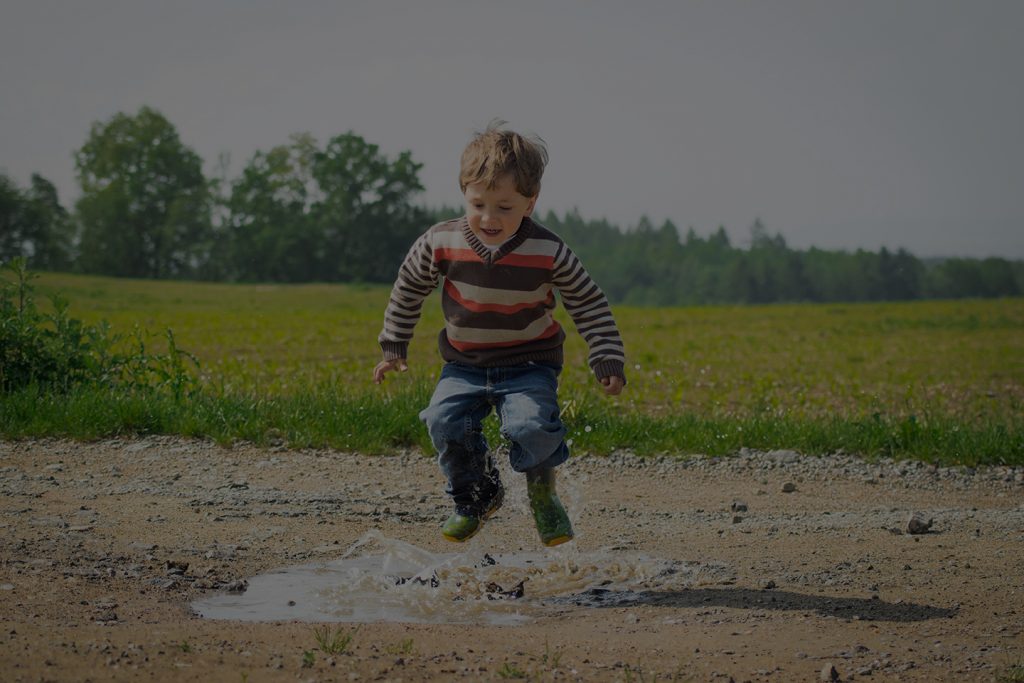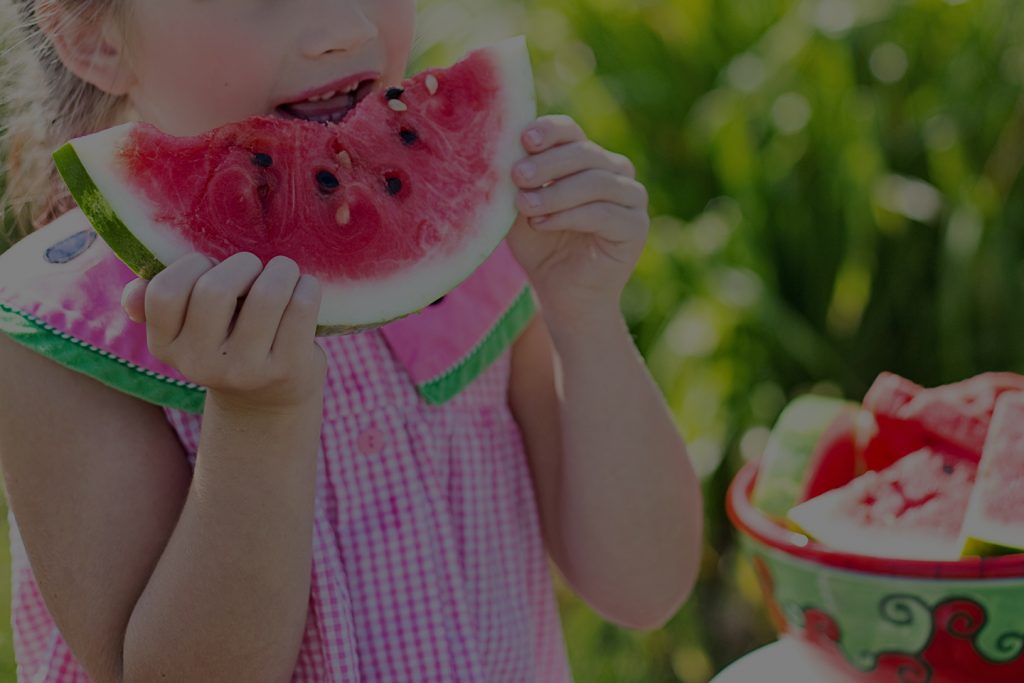Sensory play is crucial for development
As parents and caregivers, we’re all familiar with how babies and young children have an innate curiosity to explore the world around them using their senses. They love exploring new textures, materials and tastes. Through doing this, children’s brains learn to identify objects as differentiate sensations, like smooth and rough or hot and cold.
What exactly is sensory play?
Sensory play includes any activity that stimulates your child’s senses, be it through sight, touch, sound, smell, taste, movement or balance.
Essentially, sensory play builds nerve connections in the brain’s pathways, leading a child through cognitive growth, problem solving skills, fine motor skills, social interaction and language development, which is why it’s crucial for their development.
One of the first theorists of sensory play, Jean Piaget proposed that children need environmental experiences and stimuli to guide their cognitive development, suggesting that they digest new knowledge and store it for later reference. In his theory of play, he emphasises that experiences that stimulate the senses strengthen a child’s brain and create neurological pathways important for learning, essentially contributing to a child’s ability to finish more complex tasks.
Benefits
As caregivers, we recognise that sensory play is crucial for development and deeply encourage it at Wild.Kind. Some of these benefits include:
- Brain development – learning, enhancing memory and ability to complete more complex learning tasks
- Problem solving skills – finding solutions to obstacles, such as ‘how to make scoop up bubbles in the bath’
- Cognitive growth – enhanced thought process, understanding and reasoning. As children manipulate new materials, they learn to understand new concepts – such as ‘sink and float’
- Fine and gross motor skills – Skills – such as squeezing, pulling, pushing and throwing – become handy for daily activities like doing up buttons, tying shoelaces and zipping up clothes
- Social interaction – children like watching other children. They discover new ways to move, hold, or manipulate a material, and also to plan, share and negotiate
- Awareness – builds self-aware and body-awareness, which helps them develop a better sense of space around them
- Language development – encourages children to communicate effectively with others whilst playing
- Creativity and self-discovery – when presented with a new object or material, children explore various creative ways to discover more about both the material and themselves.
Ways to introduce sensory play
- Play dough
Try our easy, no cook recipe - Sensory bottles
These are super simple to make and really effective. Just mix warm water and some office glue together, then add to empty bottles with glitter before ensuring the lid is on extra tight - Sensory buckets/trays
For children a little older, pour different dried food items into buckets or trays (bowls and plates also work) and let the fun begin! Try pasta, flour, dried rice – the list is endless. Cooked products also work (like cold spaghetti) but will create more of a mess (and probably more giggling)!
For an ‘advanced’ activity, encourage your child to ‘feed’ dried spaghetti strands through the holes of a colander
Little Bins for Little Hands also have some lovely ideas - Safe household items
We’ve probably all experienced that moment when a child is more interested in a box than the gift inside it. Encourage it! Inexpensive ‘toys’ like a paper towel roll or pot and spoon are great ways to introduce more sensory play.
Play is an important part of a developmentally appropriate child care program at Wild. Kind. Compassionate Playschool. If you’d like more information please contact us.
Sensory play is crucial for development Read More »

